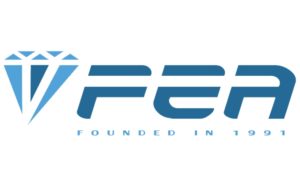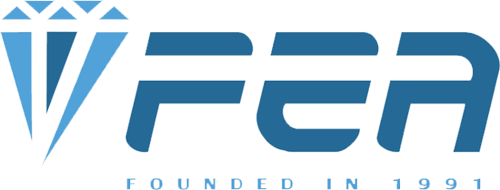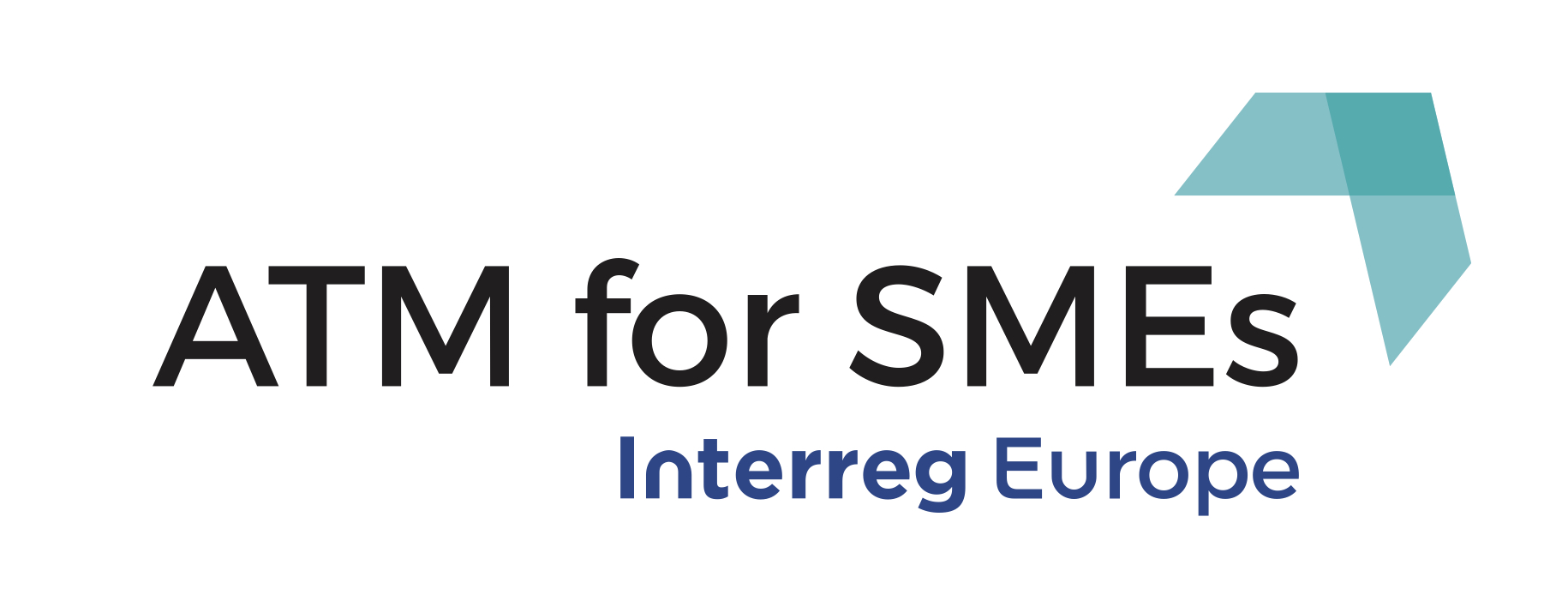
MISSION
The mission of the Foundation is to improve the economic competitiveness of Hungarian citizens and enterprises through the development and dissemination of high-level business technologies, as well as financial and business development services in and outside Hungary.
ABOUT THE ORGANISATION
Fejér Enterprise Agency (FEA®) was established in 1991 by 47 founders. The founders include the local government of Székesfehérvár, the General Assembly of Fejér County, several chambers, banks, enterprises and private people. The main objectives of the Foundation are:
- to facilitate the establishment and development of micro, small and medium-sized enterprises in order to enhance their ability to provide employment for themselves or for others; and
- to boost economic activity.
In order to achieve its social goals, the Foundation provides its clientele with information, knowledge and money.
| Institutional profile Fejér Enterprise Agency (FEA) the Lead partner of the ATM for SME's project and Lead partner of the Hungarian Microfinance Network. |
|
| Type of Organizatione NGO |
|
| Country Hungary |
|
| Products & Services provided Financial: Business microloans Non-financial: Entrepreneurship training, Financial education, E-learning courses |
|
| Gross Loan Portfolio N / A |
|
| Number of clients 3,550 |
|
| Target Audience Rural population, Urban population, Youth (18-25 years old) |
|
| Organization Website http://www.rva.hu |
Information on FEA
Materials are developed in an interactive/user friendly through an easily accessible website to better reach the target population and are created using the most recent tools and developments of e-learning. Since the material is generated by FEA experts, there is constant development and updates to the training materials that include video, interactive tests and tutorials. This is a cost efficient approach to design up-to-date trainings for young entrepreneurs that cannot invest much time or money to improve their capacity and managerial skills.
To meet high qualitative standards, FEA has developed international partnerships in the delivery of the trainings and in the development of curricula (e.g. partnership with the University of Cadiz).
On average, there have been 30 learning groups per year, each one attracting 10-12 students. Since the beginning of the project to November 2017, the project has received 1,800 student registrations. Twenty educational institutions collaborate with the platform and issue each student a certification of accomplishment for the courses taken.
The first student entrepreneur contest launched in 2013 with 110 teams from 46 high schools; 12 teams made it to the final round. Furthermore, the 2017 edition of this contest is supported by the Ministry of National Economy and the Prime Minister’s Office. Teams from the neighboring countries are also registered.
In 2011 the Foundation won the INVESTMENT AND INNOVATION IN MICROFINANCE EUROPE AWARD in the category of Innovative Use of Technology. The category winners were announced in London at an international conference.
The aim of the award presented in London was to recognize individuals and organizations that were committed to innovation and development and had demonstrated vision in delivering financial services to those at the bootom of the pyramid.
As microfinance continues to transform, the purpose of the award was to showcase best practices to the microfinance community. At this prestigious international event the microfinance community came together to recognize those who had contributed to the development of the sector with innovative and original work.
Earlier the microcrediting practice of FEA® was included among the five best practices at the MICROFINANCE GOOD PRACTICES ‘EUROPE AWARD’ 2009 announced in Milan by the Giordano dell’Amore Foundation and the European Microfinance Network in the field of Innovations and Sustainability.
The most important lesson learnt is that when we want to develop a tool to tackle a social problem, we must always start by analysing the problem, and allocate the most suitable tools to solve it.
In our case the main social problem is that there are a lot of people – even in industrialized countries – who cannot have access to loans in the banking sector if they want to pursue an independent activity and support themselves and their family financially from that activity.
This is due to the fact that the satisfaction of these borrowing requirements is too risky, and is not profitable for the banks because of the small amount of the loans.
A possible tool to tackle this problem is to provide access to microloans to a greater extent for people excluded from banking services.
The organizations that finance and provide small loans to such people are called microfinance institutions.
It might appear obvious that if we support and develop this microfinance sector, we will be able to solve this social problem.
This, however, is only partly true because the microfinance sector is far from being uniform.
It has two branches operating with substantially different criteria and objectives.
On the one hand, it consists of the profit-oriented financial enterprises falling under the scope of money market regulations and on the other hand, the non-profit funders, such as foundations.
The latter ones – if it is permitted by the legislation of the specific country, like in Hungary – operate outside the scope of the regulations of the money market.
The operation of these two sectors differ from each other significantly, therefore it must be considered when setting up microfinance programmes.
It should be stated that where public money is used to solve a social problem, it is inevitable that this social goal is given priority. Also, when we talk about microfinance, it is really important that we should be committed to this social and financial integration goal.
We have found that Social Microfinance Institutions are better positioned to maximize social impact among the financially underserved. Since the performance of this activity has a negative impact on financial returns, it is necessary that these organizations should receive more attention from public bodies and be supported in their mission.
When analysing the good practices examined by us, we found that the European Union plays a very important role in financing the most successful microcredit schemes, which we judge to be positive.
At the same time we see that the positive social impact can be increased if the European Union and the national and regional authorities increase their commitment.
New programmes that develop social microfinance institutions through financial support provided in the form of guarantees, debt and equity, completed with subsidies and grants should be set up.
In order to maximize the social impact, these programmes should be channelled to the target group with the help of centralized instruments (e.g. EaSI programme) together with de-centralized instruments managed at national and regional level, through the social purpose MFIs.
It is also important that the investment of the financial instruments provided by the authorities – public money – should promote the social return of the sector and should not set unrealistic financial expectations for their operation.
For the better achievement of the social goals, complementary channels that diversify the traditional use of the EIB group for the provision of these instruments should also be considered in order to target the social MFIs that currently face extreme difficulties in accessing these funds.
The European Code of Good Conduct, a set of standards established to certify the institutional capacity of the MFIs, is indispensable in order to obtain these EU resources.
Nevertheless, the ECoGC needs to increase its flexibility in order to better include the social-purpose microfinance institutions that have the social impact maximization as their main objective.
Therefore, the most important lesson learnt during our project is that we must focus on the solution of the financial inclusion problems across Europe, for which larger and more adapted programmes at European, national and regional level need to be channelled through the social-purpose Microfinance institutions.
The “Access to Microfinance – ATM” project, financed by the Interreg programme, has selected a set of Good Practices on the provision of social microfinance services that should be used as a benchmarking for the authorities in order to promote social and financial inclusion in Europe.
We find it extremely important that when making microfinance-related decisions, the authorities consider the professional recommendations of the professional organizations regarding the most important professional expectations in order to maximize social impact.
If decision-makers act accordingly, they will not have to wait long for social success.




